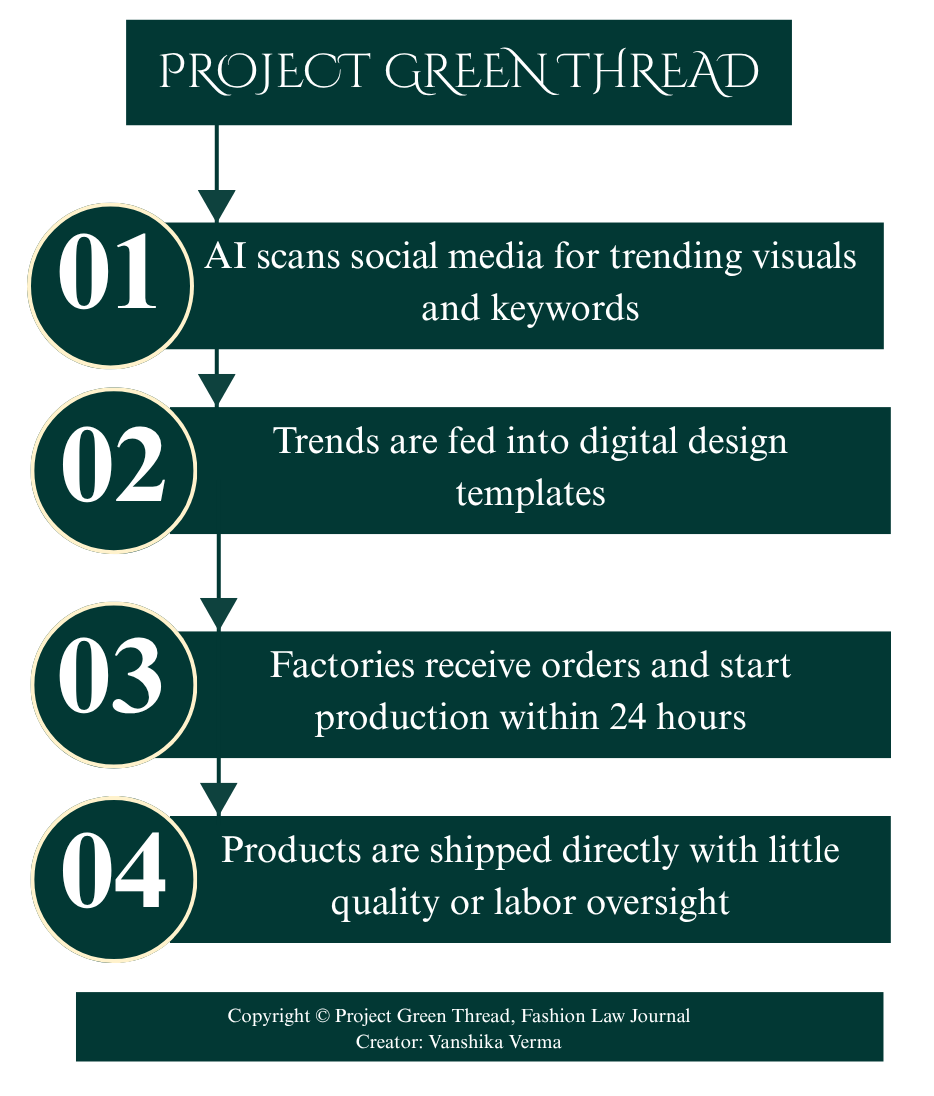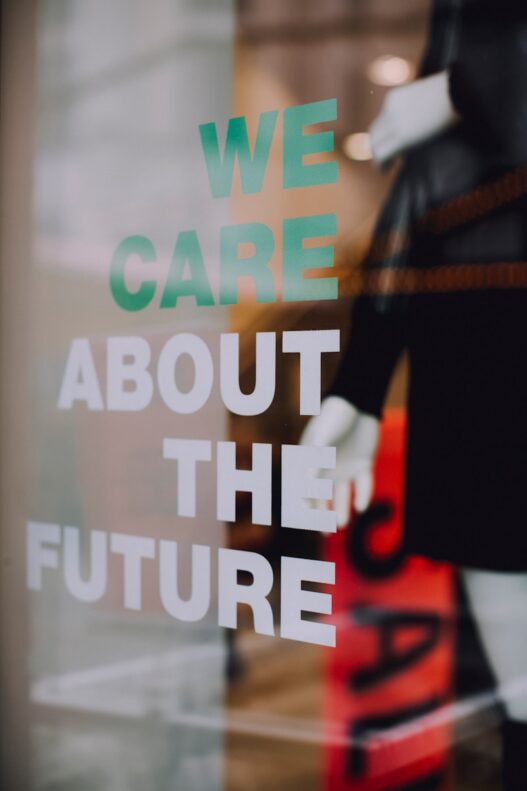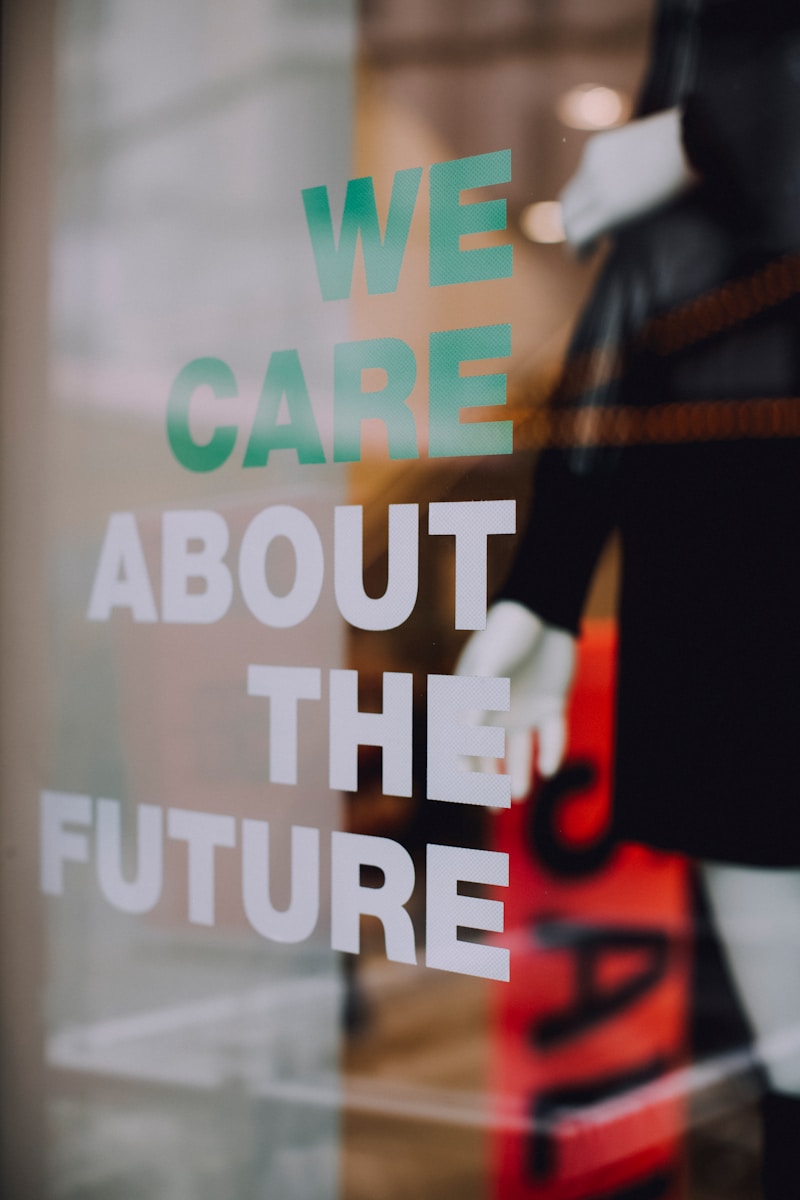If one is a follower of fashion and creative industry developments, one would likely find that at least one or two posts on their social media feed are dedicated to showcasing the ‘green’ side of the brand. That’s the furtherance of their marketing team. This inundation deserves recognition only when it stands true to its words and effectiveness. But amidst all this marketing, who keeps a check? And do the ones who don’t even promote sustainability still stand uncancelled, minting money for their styles and ways?
There is now a recent update that deserves to be understood by influencers, the brands backing them, and governments that facilitate the jus soli of resources these brands thrive on, and the GDPs they help build. All stand as stakeholders. This development is about the monumental step taken by France on 10 June 2025 to become the first country to legislate against ultra-fast fashion [UFF]. It isn’t a toothless tiger. Its roar can be heard as the law introduces eco-taxes, advertising bans, influencer sanctions, and a mandatory eco-scoring for clothing.
Today, as we step into the age of information and further into influence, with the influencer economy now valued at over 250 billion dollars and growing faster than ever, we are witnessing a domino effect. Consumer behaviour, the driving force behind trends, and the normalisation of rapid consumption culture have become the new norm. The agony that comes with such rapid development is that it has evolved into an unchecked behemoth, without meaningful regulation or oversight. This is the very evil that France’s act aims to put in check.
In this blog, we will examine the facets of the act, the needs it addresses, the expectations associated with it, and whether such a perspective is worth pursuing for the sustainability of the fashion industry.
This post is brought to you by Project Green Thread, an initiative under Fashion Law Journal that seeks to foster meaningful dialogue and build impact-driven communities in fashion and luxury. Our goal: to make sustainability not just a side note, but a core agenda of every fashion conversation.
Ultra-Fast Fashion: A Case of Speed, Manipulation, and Exploitation
It would be a blatant mistake to categorise ultra-fast fashion (UFF) as merely a faster version of fast fashion. The fast fashion system is surely the inspiration, but UFF has taken it to an extreme, accelerating the damage and making this already exploitative model even more parasitic. Where the art of fashion once stood for design, curation, and craft, UFF has replaced it with algorithm-driven mass production, exploitative cost-cutting, and psychological manipulation.
UFF brands like Shein, Temu, and Cider have built a model that floats on volume, virality, and velocity, disregarding traditional fashion values entirely. As of July 2023, Shein listed hundreds of tops priced under $5 on its U.S. website, with some items priced at just $1. This kind of pricing gives it instant appeal and makes it highly addictive, directly influencing consumer behaviour.
Shein’s COO, Molly Miao, revealed that in 2022, the brand released 700 to 1,000 new items daily. The process is disappointingly simple and alarmingly easy to replicate. AI tools scrape trending searches and visual cues across social media. These are then fed into pre-templated digital design frameworks. Factories, mostly based in China, receive demand signals and begin production often within 24 hours. Finished products are shipped directly to consumers with minimal quality control and virtually no labor transparency.

There is no pause for ethical consideration. No conversation about appropriation, counterfeiting, sustainability, or craftsmanship. Most garments are made from fossil-fuel fabrics like polyester and rayon, but the deeper crisis lies in the human cost behind these clothes.
As Suha Fasih writes in The Fast-Fashion Dilemma: Unraveling Forced Labor in Global Supply Chains:
“Beneath the glossy surface of fast fashion lies an unsettling truth: the exploitation of vulnerable labor forces, especially children. This massive industry, fueled by our demand for quick and cheap clothing, often sources its materials and labor from countries where oversight is lax and human rights are routinely violated.”
Brands like Zara and H&M have historically relied on complex global supply chains that outsource production to countries such as Bangladesh, Pakistan, and China, where labor protections are weak and child labor remains common. According to a 2020 report by the ILO and UNICEF, over 160 million children worldwide are engaged in labour, with a significant proportion working in the textile and garment sectors.
The Psychology of Click-to-Cart: Fashion as Manipulation
Ultra-fast fashion has mastered the art of triggering consumer impulses. It utilises psychological levers that most buyers are unaware of. Whether it’s the relabeling of Indian dupattas as “Scandinavian scarves” or jumping onto aesthetics like “mob wife fashion,” the cycle is the same. A few influencers wear or carry something and suddenly, we all want it.
This is called social proof. Psychologist Robert Cialdini coined the term to explain how people copy others when deciding how to behave. Miu Miu’s mini skirt domination in 2022 was a perfect example. According to Cialdini’s book Influence: The Psychology of Persuasion, humans are wired to imitate for survival. Fashion is no exception.
We are also wired to crave novelty. Every time a new trend pops up, we get a dopamine spike. That’s why FOMO- the fear of missing out, hits so hard. As Dr. Karen Pine, author of Mind What You Wear, explains, fashion allows us to express individuality and affects our emotional state. Trying a new trend isn’t just a style choice. It’s a small transformation. It uplifts our mood, gives us a sense of renewal, and helps us feel part of something. UFF exploits this loop relentlessly.
Dark Patterns and the Digital Addiction Economy
If you think it stops there, it doesn’t. The fast fashion industry employs deliberate digital manipulation to encourage further consumption. These are called dark patterns, deceptive design tactics used to pressure users into spending more than they intended. Shein, again, is at the center of this ecosystem.
In June 2025, the European Consumer Organisation (BEUC), along with 25 member groups from 21 countries, filed a formal complaint with the European Commission and consumer protection authorities against Shein for its use of dark patterns.
These patterns include fake urgency alerts, such as “Only 2 left,” countdown timers, peer pressure through fake testimonials, and constant pop-ups that shame you for leaving discounts behind. Infinite scrolls, flashing coupons, and app notifications are all designed to keep you engaged and spending.
Agustín Reyna, Director General of BEUC, said:
“SHEIN’s use of dark patterns is a well-documented reality. These practices drive consumers to spend more on products that are harmful to themselves, the environment, and the people who make them.”
This is not just a Shein problem. These manipulative tactics are being used across the industry. They are not an exception anymore. They are the business model.
Unsustainable Fashion Influencing Made Illegal
With the French Senate approving a bill that directly acknowledges the environmental costs associated with ultra-fast fashion brands and the influencers who promote them, this legislation takes a direct approach in addressing the actual drivers of the crisis. It targets influence at its source.
For the first time, a country has gone beyond regulating corporate supply chains and has shifted focus to the digital economy of consumption. The equation is simple. If platforms like Shein and Temu are cut off from their influencer pipeline, their marketing machine grinds to a halt. If influencers cannot promote their products, the consumers who follow trends through those channels may never see the prompt that triggers the purchase. Influence is the engine that sustains ultra-fast fashion, and France has moved to cut it off.
Influencers have become essential players in the rapidly evolving fashion industry. They receive curated PR packages, gain follower engagement, and earn commissions through affiliate links. One video or post is often enough to trigger a sellout in hours. In 2023, Shein reported 16.7 million metric tons of CO₂ equivalent across its full value chain. This was nearly double its 2022 footprint of 9.17 million tons. By 2024, transportation alone accounted for 8.52 million metric tons of CO₂ equivalent, a 13.7% increase from the previous year. These figures come from the brand’s reliance on air freight, which is used to meet short delivery timelines across global markets.
Temu, on the other hand, has not released an official carbon emissions report. However, third-party estimates place its annual emissions somewhere between 4.3 and 5.8 million metric tons of CO₂ equivalent. This estimate reflects the emissions from shipping more than one million parcels per day to markets like the United States. The brands continue to make vague commitments to sustainability, but voluntary statements without legal obligation rarely lead to significant change.
France’s new law creates that legal obligation. It reclassifies influencer promotion of ultra-fast fashion as commercial speech. The new rules are clear:
- Both paid and unpaid promotion of ultra-fast fashion brands is banned.
- Haul videos, affiliate links, and influencer codes related to these brands will be penalized.
- Offenders may face fines of up to 300,000 euros and prison sentences of up to two years.
Another part of the law introduces an ecological scoring system. Brands will now be evaluated on their carbon output, water use, and recyclability. According to Green Match, producing just one cotton shirt can require more than 2,700 litres of water. Ultra-fast fashion exacerbates this issue by promoting cheap, low-quality clothing designed for short-term use.
Starting in 2025, brands with the lowest ecological scores may face additional taxes of up to 5 euros per item. This penalty could rise to 10 euros by 2030. However, to prevent excessive burden on retailers, the tax is capped at 50 percent of the item’s retail price.
Where the bill falls short is in enforcement scope. While Shein and Temu are explicitly named, traditional fast fashion brands like Zara and H&M may be less affected, even though their business models also rely on speed, volume, and outsourced labour. Because these companies are based in Europe or operate within more regulated frameworks, they may be able to avoid the most stringent aspects of the legislation.
This has led to criticism that the bill, while significant, may result in unequal treatment between global players and regional giants.
Can France Redefine the Role of Fashion and Influence in Europe?
The question matters. France’s recent legislation could serve as a turning point for the regulation of the fashion industry, both within Europe and beyond. The irony is that France, often a global fashion capital, now positions itself as a regulator of fashion’s excesses. This move has the potential to spark broader change, if others are willing to follow suit.
The European Union has a history of setting high standards in policy. The GDPR reshaped global data privacy. The REACH regulation transformed chemical safety in consumer goods. If France’s measures against ultra-fast fashion are effective, they may encourage the EU to adopt similar rules across all member states.
Work is already underway. Brussels is developing policies, such as the Ecodesign for Sustainable Products Regulation and the Green Claims Directive. These aim to ensure that clothing is more durable and that real data back sustainability claims. With these in place, it is realistic to expect future rules that introduce consistent eco-labeling and tighter control on how brands market themselves.
Outside the EU, similar conversations are gaining ground. In the United States, the proposed Fashion Sustainability and Social Accountability Act in New York would require large fashion brands to disclose their supply chain practices and meet specific environmental targets. It is not a perfect bill, but it demonstrates that lawmakers are beginning to take these issues seriously.
Still, one concern stands out. While Shein, Temu, and other headline-grabbing platforms are being scrutinised, many smaller or lesser-known brands with similar models continue unchecked. Narrow enforcement risks turning real issues into symbolic targets. If regulation is to be effective, it must apply equally to all brands working on fast or ultra-fast cycles, not just those in the public spotlight.
Change depends on clear rules, public awareness, and consistent enforcement. Laws must not only exist, they must be implemented. They must lead to changes in how fashion is produced, marketed, and consumed. Only then will regulation serve its purpose.

















